A 2019 Marketing 'Look Back'
Every new year, marketers release their predictions for the top trends or “things to look out for” in the industry. However, when the year is over, there is hardly any analysis or retrospect on the success of these predictions.
At GSM, we like to have the full picture, so we took a hard look at 2019’s top marketing trends and provided information on why we think they were successful, and what we think didn’t quite catch on.
Let’s dig in!
1. Artificial Intelligence (AI) in personalization and automation
AI was arguably one of the most anticipated uses of marketing technology heading into 2019. This technology often combines content with data to deliver a relevant user experience. AI has been around for a while, but not many people realize it powers many processes they use every day.
Common types of AI include:
- Chatbots
- Facial recognition on your smartphone
- Automated bidding for ad placements
- Automatic resizing of display ads based on screen size or device
- Voice search (Siri, Cortana, Alexa, Google Home)
- Dynamic creative optimization
Why didn’t AI take off in 2019?
While AI continues to work wonders behind the scenes, implementing the technology often carries a hefty price tag and a deep understanding of how to properly use it or apply it to existing technologies and processes.
The learning curve, and budget associated with programs that use AI, are likely the largest barriers to adoption for many companies, considering 63% of B2B marketers do not use AI1.
- 76% of CEOs are most concerned with AI adoption’s lack of transparency, while 77% of CEOs worry AI and automation will disrupt their business (pwc.com)
- 40% of executives say that the high price of deployment is an obstacle to AI initiatives (hbr.org)
- 37% of executives say that managers’ lack of understanding hinders AI adoption and only 13% of B2B marketers feeling confident with their knowledge of AI (hbr.org & everstring.com)
In terms of its success, artificial intelligence has dramatically improved digital advertising, sales-enablement, productivity levels, spread ad budgets further and created unique, one-to-one experiences for users:
- 50% increase in leads from AI use (hbr.org)
- 60% to 70% reduction in call time from AI use (hbr.org)
- 37% of organizations have implemented AI in some form in 2019 (Gartner)
- AI usage has grown by 270% over the last four years (Gartner)
As AI continues to prove its value, despite a slower adoption rate, 2020 will likely see a spike in adoption of AI and AI-powered technology.
2. Data security measures
The EU’s GDPR legislation and California’s CCPA Act sparked a worldwide debate over the protection of consumer data. Many companies have taken their own measures to be GDPR and/or CCPA compliant to improve consumer trust, even if they do not have business relations in the EU or California.
With 2019’s Facebook data leaks, and a dramatic rise in hacks of massive corporations (Capital One, FEMA, T-Mobile, Dow Jones, Canva, etc.), data security measures have been revised and intensified across almost every industry.
According to research from Risk Based Security, in the first nine months of 2019 alone, there were2:
- 5,183 publicly disclosed breaches
- 9 billion records exposed
- +54% YOY increase in number of reported breaches (Q1-Q2) and the total number of records exposed increased by 52%
In November of 2019, Risk Based Security called 2019 the “worst year on record” for data breach activity. As advanced technology continues to develop, and hackers’ abilities grow in tandem, data security will continue to be a critical focus of businesses across all industries in 2020 and years to come. Strict, regulated data security is no longer an option, it’s a need.
3. Content marketing
The recognition and importance of content marketing grew significantly in 2019. Studies have revealed that the long-term benefits of content marketing outweigh paid marketing3.
Content marketing’s value lies in lead generation, ROI, and improvements to Search Engine Optimization (SEO). It also allows for a two-way conversation with your customers, while also developing thought leadership.
Common types of content marketing include:
- Blog posts
- Podcasts
- Videos
- Articles
- Press releases
- White papers
- eBooks
- Infographics
- Emails
From 2018 to 2019, content marketing exploded in popularity, consumption, and its recognition for lead generation. Content marketing will only increase in the coming year(s) because of its unique ability to nurture consumers at every stage of the buyer’s cycle.
- 47% of B2B buyers consume 3-5 pieces of content from a company before engaging with one of their sales reps (Demand Gen Report)
- In 2018, only 23% of marketing budgets were spent on content marketing. In 2019, that figure rose to 41%, representing a 78% increase YOY on content marketing (HubSpot).
- Content marketing generates 3x more leads than paid search advertising4.
- Websites that have a blog attract 55% more traffic (Quick Sprout)
- B2B companies who blog consistently receive 67% more monthly leads than companies who don’t blog regularly (Demand Metric)
4. Influencers
Throughout 2018 and 2019, the public’s trust in the media and large corporations took a massive hit, with “fake news” at the forefront of public distrust. This forced the public to turn to its peers, or ‘real people’ instead of trusting paid celebrities or other public figures for product reviews, recommendations, and more.
Influencers are average people that have made a killing through honest reviews, partnerships, and recommendations- tremendously helping businesses across all industries. Its success depends on the influencer’s relatability and authenticity.
- 63% of brands plan to increase their budget for influencer marketing (Influencer Marketing Hub)
- The influencer marketing industry is on track to be worth up to $15 billion by 2022, up from as much as $8 billion in 2019 (Business Insider Intelligence, Mediakix)
- Influencer marketing is the fastest-growing online customer-acquisition channel (Influencer Marketing Hub)
- For every $1 spent on influencer marketing, businesses are making $5.20 in earned media value (Influencer Marketing Hub)
All signs point to influencer marketing surviving well into 2020 and beyond, with Instagram being the dominant platform (89%)5 for influencer marketing. If your business considers partnering with an influencer in 2020, be sure to explore Instagram first!
5. Chatbots
Chatbots – where do we start? Chatbots are actually a type of Artificial Intelligence (AI) that seeks to enhance the customer experience. However, chatbots have polarized consumers (and businesses) for numerous reasons including:
- Fears the chatbot will make a mistake such as purchasing the wrong item or making the wrong reservation
- The inability to include client history for personalized experiences – this has prevented 51% of companies from using chatbots (Accenture)
- Lack of empathy or the ‘human element’ – 43% would prefer to talk to an actual person6 and 86% want there to be an “escalate to agent” option when talking to a chatbot7
- They can be unhelpful for complex situations or requests
- They make it harder to contact a business—Only 21% of consumers believe chatbots are the easiest way to contact a business (Ubisend, 2019).
Chatbots are slowly entering the customer service industry but have gained popularity for the time-savings they generate for companies. As of 2018, only 0.5% of all B2B companies used chatbots8 with 64% of executives avoiding them due to consumer hesitancy. However, with 24/7 availability and the ability to quickly answer or resolve simple issues, chatbots are starting to grow in popularity.
- 90% of businesses report faster complaint resolution with chatbots (MIT Technology Review)
- Chatbots can save up to 30% in customer support costs and can help businesses save on customer service costs by answering up to 80% of routine questions (invesp; IBM)
- 64% of internet users say the best chatbot feature is 24-hour service (Drift)
- By 2020, it is predicted that 85% of consumer interactions will be handled without a human agent (Chatbots Life, 2019)
- By using chatbots, businesses and consumers will save a combined 2.5 billion hours by 2023 (Juniper Research)
What we know
Chatbots have not matured yet as a technology and they have a long way to go with earning consumers’ trust and preference. This has created a low (and rather slow) adoption rate for businesses. However, one thing is clear – the businesses that have implemented chatbots find them extremely valuable. This means they are likely to stay as technology continually improves chatbots’ functionality and capabilities.
Concluding thoughts
That's a wrap on 2019's marketing trends! Many of these trends will continue to grow in usage and become critical to 2020 marketing strategies across many industries, not just automotive. Don't be afraid to experiment and explore this tech and marketing trends as 2020 unfolds.
1 EverString & Heinz: The State of Artificial Intelligence in B2B Marketing
2 RiskBased, 2019: Data Breach QuickView Report 2019 Q3 trends
3 Kapost and ELOQUA, Content Marketing ROI
4 Content Marketing Institute
5 MediaKix, 2019
6 The State of Chatbots Report, 2018
7 Aspect Consumer Experience Index
8 Boomtown Research, 2019: The 2018 State of Chatbots










